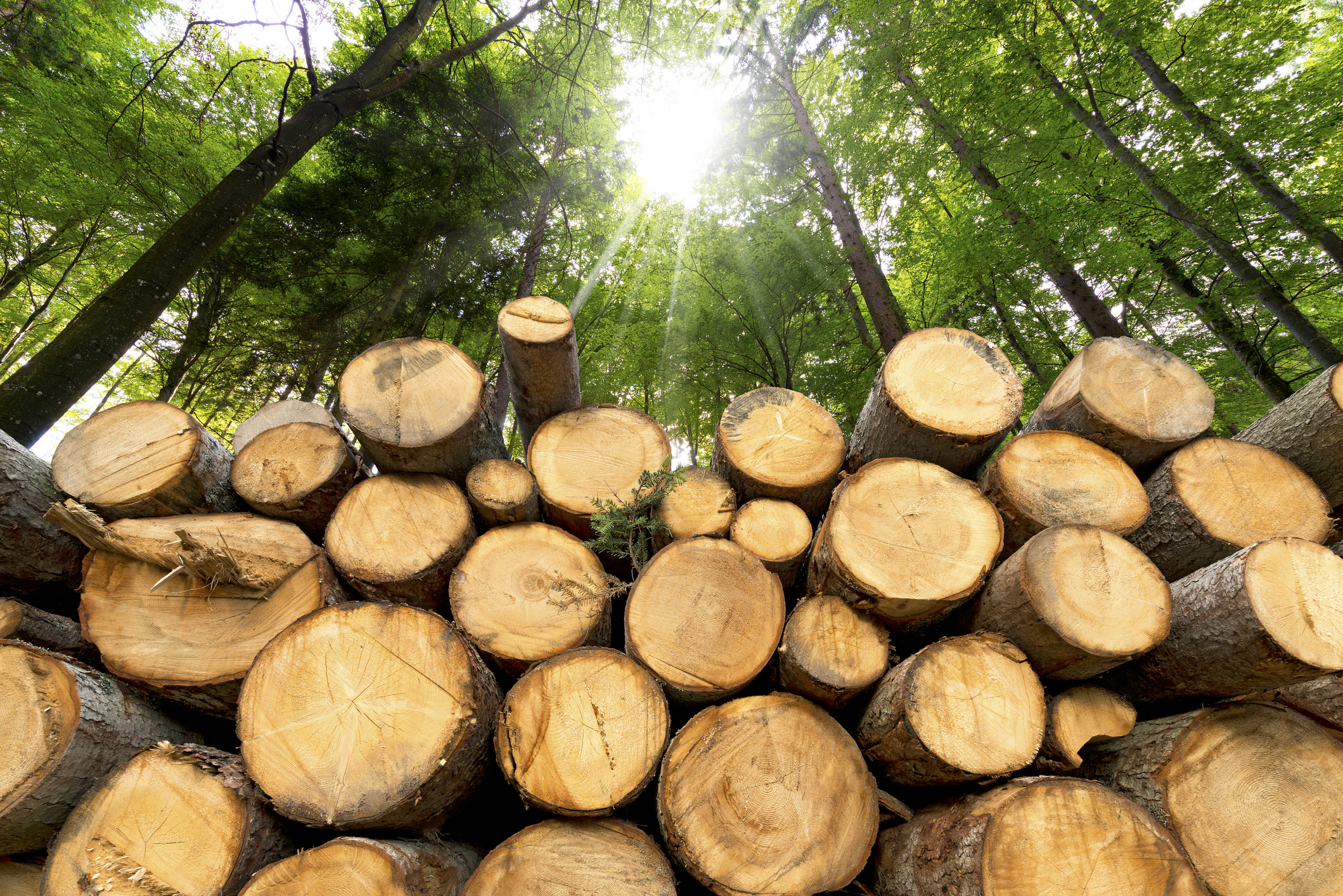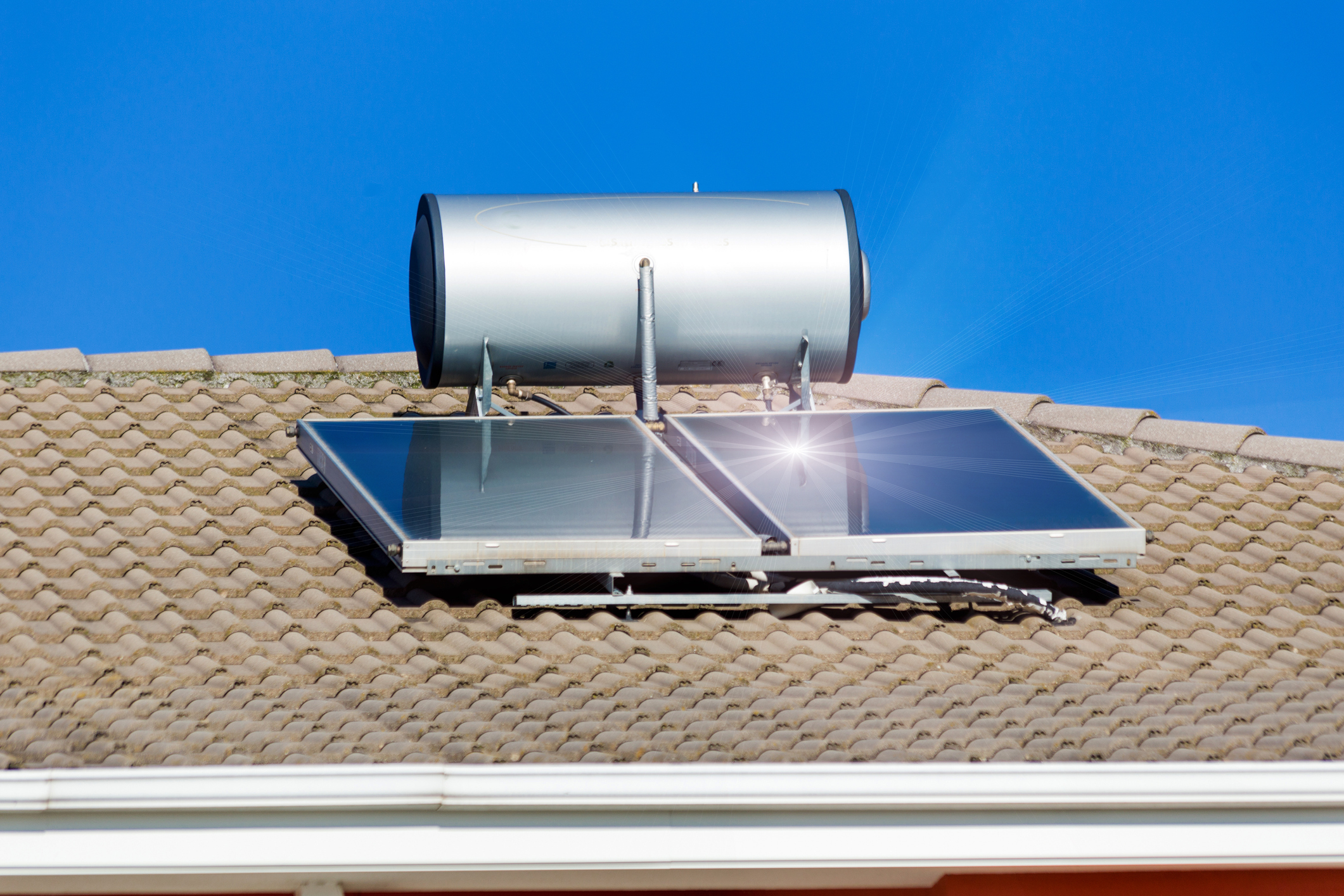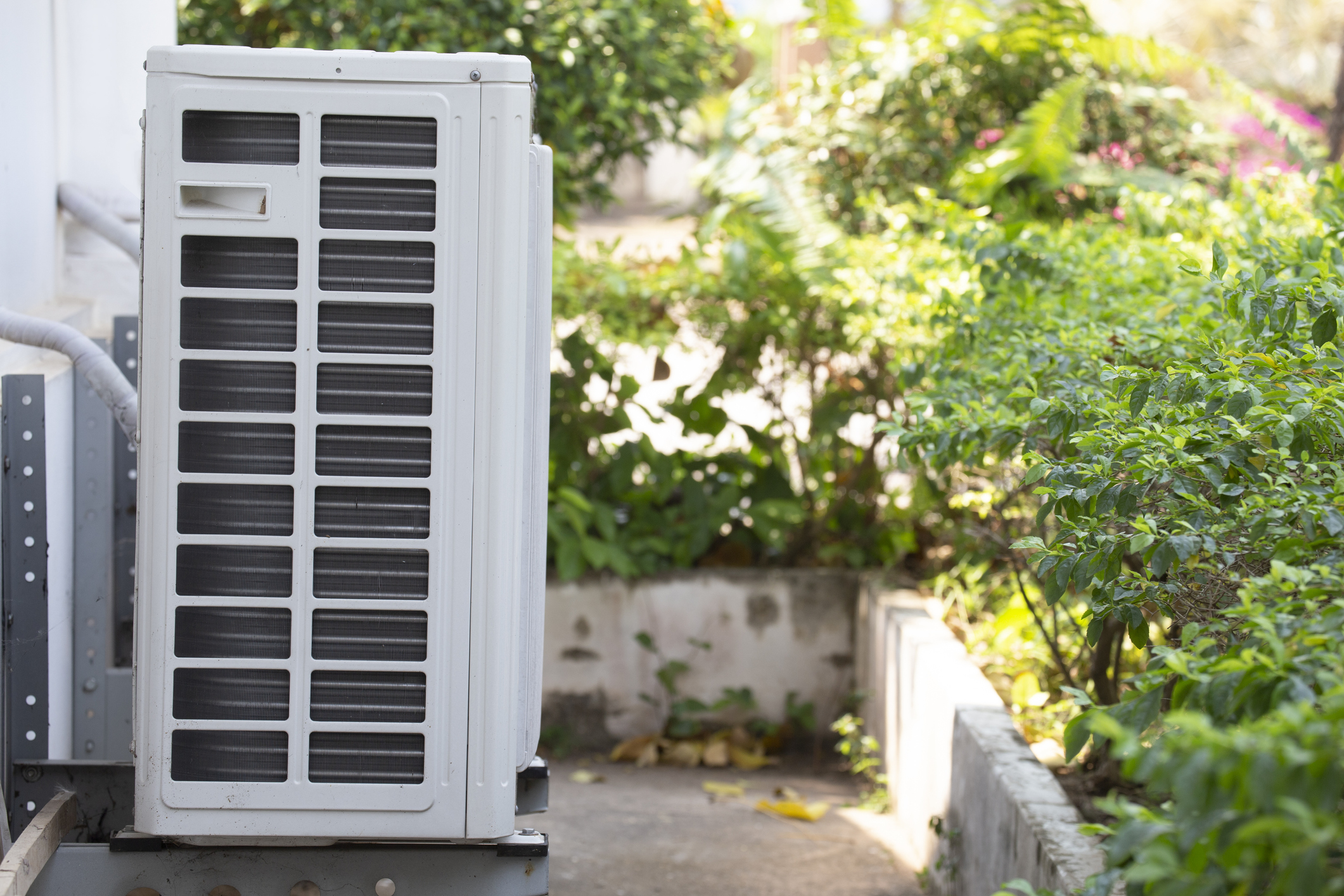A thermal store is a way of storing and managing renewable heat until it is needed.
Heated water is usually stored in a large, well-insulated cylinder often called a buffer or accumulator tank.
A thermal store may contain one or more heat exchangers, usually in the form of internal coiled pipes or external flat-plate heat exchangers. It may also include an electrical heating element, such as an immersion heater.
A purpose-built thermal store can take inputs from several different technologies, provided it has been designed and sized to work with them all. It might store heat from a biomass boiler, solar water heating system, or a heat pump.
A thermal store can provide:
- Space heating and mains pressure hot water.
- Space heating only (which may be the case with a heat pump system).
- Hot water only (common in the case of a solar water heating system).
The full potential of a thermal store is realised when it is used to store and manage several different heat inputs and outputs. For example, it lets you use your excess solar heat for space heating or to act as a heat pump pre-heat when this is used to supply hot water.


